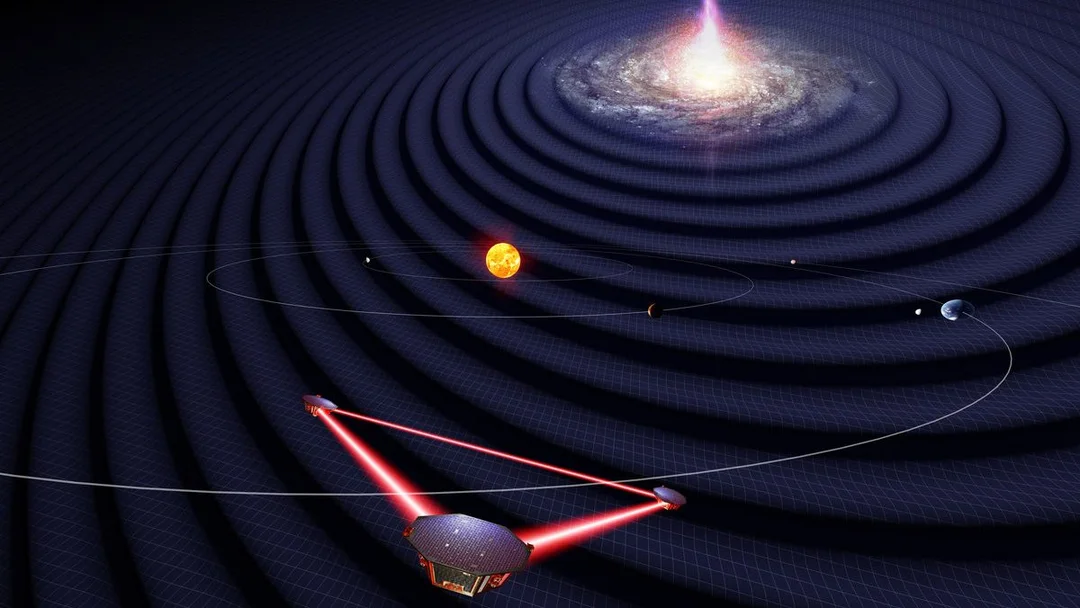
Cosmic Wiggles: Quasars May Reveal Hidden Rhythms of Gravity, Says Astrophysicist
Gravitational waves, invisible ripples in spacetime, constantly wash over Earth. Now, an astrophysicist is pioneering a novel approach to capture these waves by observing the subtle 'wiggles' of distant quasars. This groundbreaking research, published in The Astrophysical Journal Letters, could unlock cosmic secrets and redefine our understanding of gravity.
Jeremy Darling from the University of Colorado Boulder is at the forefront of this exploration. He's using data from the Gaia satellite to seek three-dimensional gravitational wave effects that previous methods might have overlooked. His approach focuses on how these waves stretch and squeeze spacetime, causing quasars to appear to move back and forth in the sky.

To grasp the significance, imagine Earth as a buoy in a stormy ocean, with gravitational waves as the swells moving underneath. These waves originate from dramatic cosmic events like supermassive black holes colliding. In 2023, the NANOGrav collaboration achieved a major milestone by measuring the gravitational wave background via its effects on pulsars.
Darling's work expands on this, aiming to capture the multidirectional movements of gravitational waves. By precisely measuring the movements of quasars relative to each other, he hopes to detect signals previously unseen.
"Gravitational waves operate in three dimensions," Darling explains. "They stretch and squeeze spacetime along our line of sight, but they also cause objects to appear to move back and forth in the sky." This 'cosmic wiggling' is incredibly subtle and requires unprecedented precision to observe — akin to watching a fingernail grow on the moon from Earth.
The challenge lies in disentangling the Earth's own motion from the apparent movement of quasars. Our planet orbits the sun at approximately 67,000 miles per hour, and the sun itself hurtles through space at 850,000 miles per hour. Darling is meticulously analyzing data from Gaia, which has observed over a million quasars, to filter out these interferences and identify genuine gravitational wave signals.
While his current findings aren't conclusive, Darling remains optimistic. The upcoming release of more Gaia data in 2026 could offer a breakthrough. "If we can see millions of quasars, then maybe we can find these signals buried in that very large dataset," he said.
The exploration of gravitational waves is rapidly evolving. As of 2025, over 300 gravitational wave candidates have been identified. Looking ahead, space-based observatories like LISA will join ground-based detectors and pulsar timing arrays, unlocking the ability to detect new types of gravitational wave events, and even enlisting the assistance of artificial intelligence to maximize data analysis.
Could these 'cosmic wiggles' hold the key to understanding the universe's deepest secrets? What further revelations might await as we refine our ability to detect and interpret gravitational waves? Share your thoughts in the comments below.